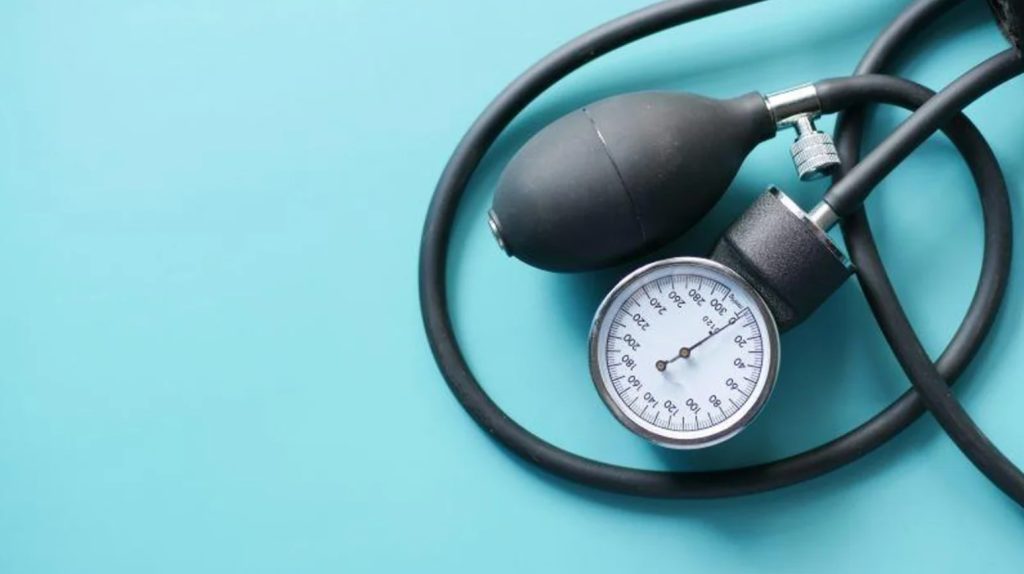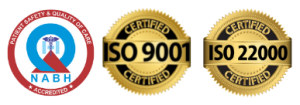
Understanding Hypertension
All of us broadly know about Hypertension. Today, we are diving into the world of alternative therapies to tackle a common yet pesky condition: hypertension. We will explore the quality realms of Ayurveda, Naturopathy, and Osteopathy and discover how they can help you with dealing with hypertension & help keep those blood pressure levels in check. Let’s get started on this lively journey toward a healthier you!
Now before we go there let’s see what can lead to hypertension!
Poor Dietary Choices: A diet rich in salt, saturated fats, processed foods, and sweet drinks can increase the risk of hypertension. These dietary elements can lead to dosha imbalances, weight gain, inflammation, and deteriorated cardiovascular health.
Sedentary Lifestyle: Lack of regular physical activity and exercise weakens the cardiovascular system, lessens the flexibility of blood vessels, and contributes to weight growth. This sedentary lifestyle can damage the circulation, musculoskeletal system, and dosha balance.
Chronic Stress: Prolonged stress triggers the release of stress hormones, which can elevate blood pressure levels. Emotional and mental stress can disturb the balance of doshas, lead to unhealthy coping mechanisms, and contribute to musculoskeletal tension and restricted blood flow.
Musculoskeletal Imbalances: Structural imbalances, misalignments, and tensions in the body, particularly in the spine and pelvis, can disrupt nerve impulses and blood flow. These imbalances may arise from poor posture, muscular tension, and misalignment, potentially contributing to hypertension.
Dysfunctional Breathing Patterns: Improper breathing techniques, shallow breathing, or chronic tension in the respiratory muscles can negatively impact oxygen delivery and circulation. These dysfunctional breathing patterns may contribute to hypertension by impairing the body’s ability to regulate blood pressure effectively.
It’s important to note that while these alternative therapies provide valuable insights into the causes of hypertension, a comprehensive evaluation by a healthcare professional is crucial to determine the specific underlying factors contributing to an individual’s hypertension.
Now let’s take a look at how hypertension can be dealt with.
Ayurveda: Balancing the Life Forces to Manage Hypertension
Ayurveda, the ancient Indian science of healing, has much to offer when it comes to managing hypertension. Here are a few Ayurvedic treatments and lifestyle changes you can incorporate into your routine:
- Shirodhara
It is a therapeutic practice involving gently pouring warm oil onto the forehead. This technique has a profound effect on the nervous system, inducing relaxation and promoting a decrease in blood pressure. Also, Shirodhara is effective in reducing stress levels, a significant contributing factor to hypertension. By creating a calming and relaxing experience, Shirodhara aids in reducing tension and promoting overall well-being.
- Abhyanga
It focuses on the application of oil through round massage motions on the skin. This method serves to stimulate the lymphatic system and enhance circulation throughout the body. A key factor in lowering blood pressure is improved blood circulation, which increases the supply of oxygen and nutrients to the body’s critical organs. By engaging in Abhyanga, individuals can experience the benefits of improved circulation, which in turn supports all-around cardiovascular health and assists in managing hypertension.
Naturopathy: Nurturing Your Internal Healing Power
Naturopathy focuses on harnessing the body’s essential healing abilities. This gentle and holistic approach harnesses the power of natural elements to prevent and manage hypertension:
- Acupuncture
It has been found to put out an influence on the autonomic nervous system, a crucial regulator of blood pressure. By modulating the activity of both the sympathetic and parasympathetic branches of the autonomic nervous system, acupuncture holds the potential to restore balance in blood pressure levels. The stimulation of specific acupuncture points has been observed to elicit responses that can activate the parasympathetic system, resulting in relaxation and vasodilation. Also, acupuncture can inhibit the sympathetic system, which is in charge of the “fight-or-flight” response. This dual modulation of the autonomic nervous system by acupuncture may contribute to blood pressure regulation and the promotion of overall cardiovascular health.
- Swedish massage
It can act as a substantiating adjunct therapy. It offers benefits for individuals seeking improved blood pressure regulation. By targeting muscle tension and promoting relaxation, Swedish massage can reduce stress and anxiety, which are factors known to impact blood pressure. Furthermore, the physical manipulation and stroking techniques used in Swedish massage have been shown to promote vasodilation and enhance blood flow. As a result, blood vessels may experience decreased constriction, leading to improved circulation and potential benefits for blood pressure management. When incorporated as part of a comprehensive treatment plan, Swedish massage can complement else interventions aimed at optimizing cardiovascular health and contributing to overall well-being.
Osteopathy: Aligning the Body’s Harmony
Osteopathy focuses on maintaining the musculoskeletal system’s balance to promote overall health and well-being. Here are some ways it can help in managing hypertension:
- Myofascial release techniques
Hypertension, or high blood pressure, can be influenced by tension in both muscles and fascia. One practical approach to address this issue is through the use of myofascial release techniques, which aim to release tension and restore the natural mobility of muscles and fascia. By alleviating muscular stress, these techniques promote improved blood flow, leading to a reduction in blood pressure levels. This demonstrates how the interplay between muscular and vascular systems can have a significant impact on hypertension management.
- Visceral manipulation
Another therapeutic method known as visceral manipulation focuses on restoring normal organ function by employing gentle and manual techniques. This approach specifically targets the organs that play a role in hypertension. By addressing any restrictions or dysfunctions within these organs, visceral manipulation aims to optimize their performance, contributing to the overall management of hypertension. This holistic approach recognizes the detailed connections between various body systems and underscores the importance of addressing organ-specific factors in hypertension treatment.
Along with the above Ayurveda and Naturopathy both offers some diet recommendations as well. Remember, prevention is always better than cure. By embracing the wisdom of Ayurveda, the healing touch of Naturopathy, and the gentle nudges of Osteopathy, you can take charge of your blood pressure and live a vibrant, healthy life.
Before embarking on any new treatment or making significant lifestyle changes, it’s crucial to consult with qualified practitioners in Ayurveda, Naturopathy, or Osteopathy. They will provide individual guidance tailored to your precise needs.
To know What is Osteopathy? click here
At Sri Sri Ayurveda Hospital, we also offer online consultation support with our Ayurveda specialists to get the right guidance from the comfort of your home. Connect to our specialists and plan an individual path back to health.

